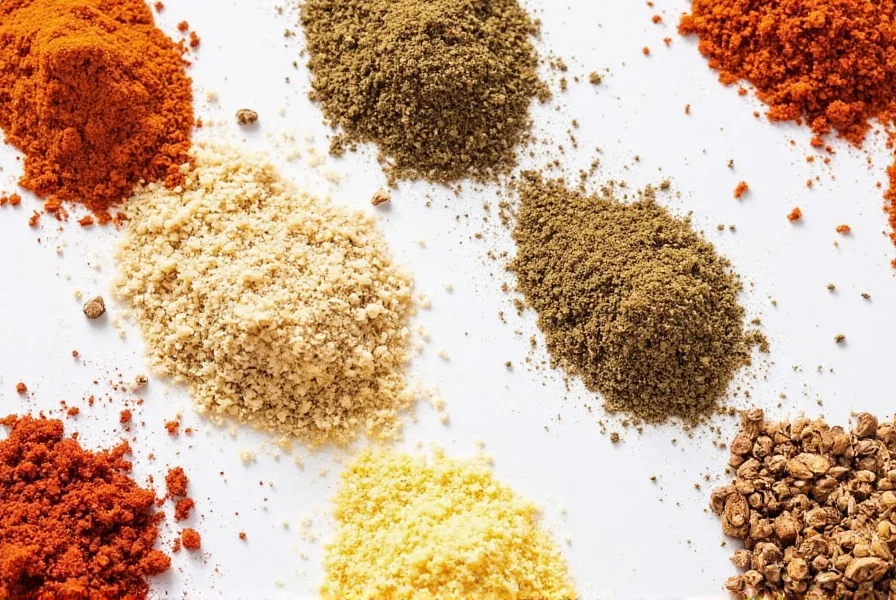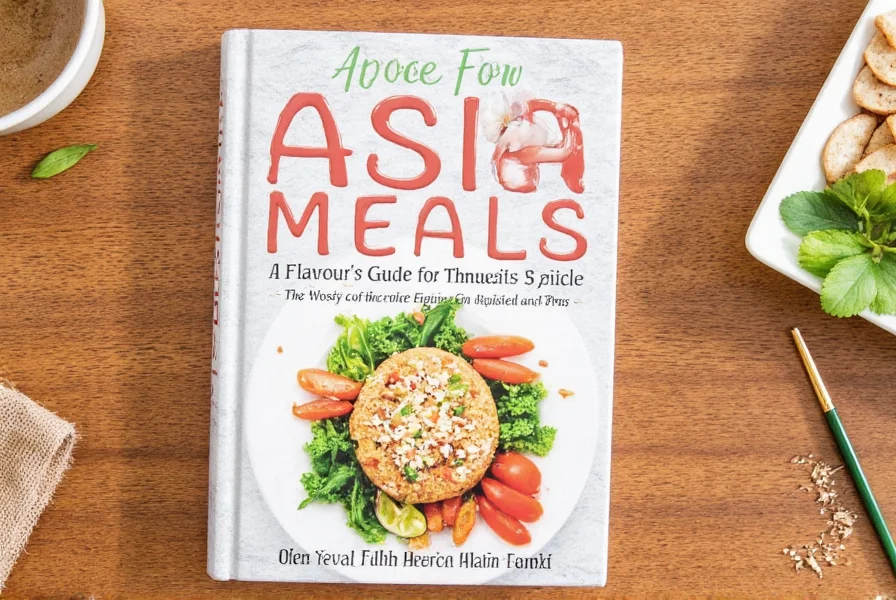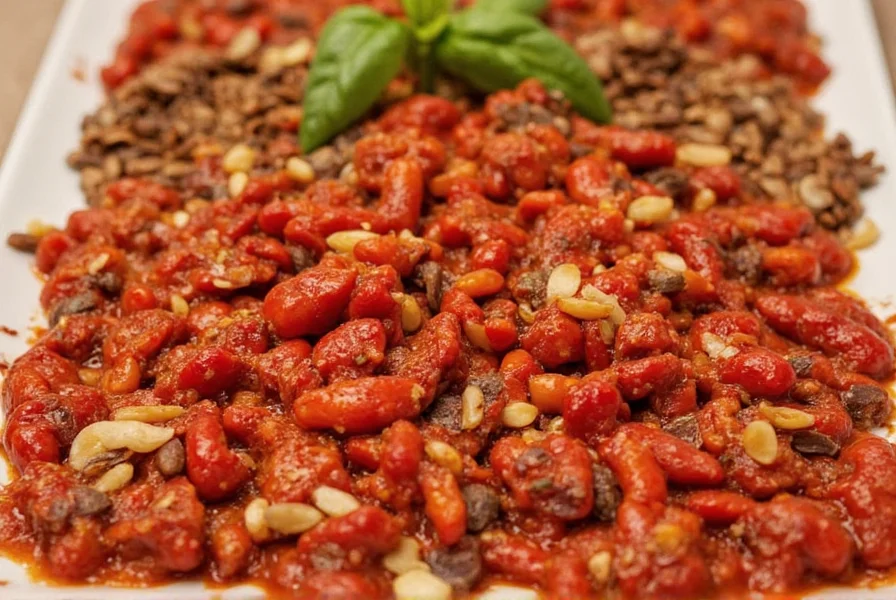Table of Contents
What Are Spices? A Clear Definition
Spices are dried parts of plants—such as seeds, bark, roots, flowers, or fruits—used to add flavor, aroma, and color to food. Unlike herbs, which come from fresh or dried leaves, spices originate from more robust plant components and are typically used in dried form for concentrated taste. According to the American Spice Trade Association, spices are essential for enhancing culinary experiences across global cuisines.

Spice Basics: Plant Origins and Categories
Understanding spices starts with knowing their plant origins. Each category brings unique characteristics to cooking:
- Seeds: Cumin, coriander, fennel
- Bark: Cinnamon, cassia
- Roots: Ginger, turmeric
- Flowers: Saffron, cloves
- Pods: Chili peppers, star anise
Spices vs. Herbs: Key Differences
| Spice or Herb | Part of Plant | Flavor Profile | Common Use |
|---|---|---|---|
| Cumin | Seed | Earthy, nutty | Mexican, Indian cuisine |
| Coriander | Seed | Lemony, citrusy | Mexican, Middle Eastern |
| Cinnamon | Bark | Sweet, warm | Baked goods, mulled drinks |
| Garlic | Root | Pungent, savory | Everywhere! From soups to sauces |
| Sage | Leaf | Earthy, slightly bitter | Stuffing, poultry dishes |
Practical Spice Tips for Everyday Cooking
Maximize your spice experience with these simple, expert-backed tips:
- Grind your own spices: Freshly ground spices like black pepper or cardamom deliver vibrant flavor compared to pre-ground versions.
- Store properly: Keep spices in airtight containers away from heat and light. Whole spices last 3-4 years; ground spices last 1-2 years.
- Pair wisely: Combine complementary spices—like cumin and coriander for Mexican dishes, or paprika and garlic for Hungarian goulash.
- Start small: It's easier to add more spice than to fix an over-seasoned dish. Begin with small amounts and adjust to taste.
- Experiment: Try new combinations to discover unique flavors. Culinary experts encourage creativity in spice usage.

Frequently Asked Questions About Spices
What's the main difference between spices and herbs?
Based on the American Spice Trade Association, the primary difference is the plant part used. Herbs come from leafy green parts (like basil or parsley) and are often used fresh. Spices derive from seeds, bark, roots, flowers, or fruits and are always dried. For example, cilantro leaves are an herb, while coriander seeds are a spice.
How long do spices actually last?
According to USDA guidelines, whole spices retain flavor for 3-4 years when stored properly in airtight containers away from heat and light. Ground spices last 1-2 years. Test potency by smell: if the aroma is weak, replace them.
What are the 5 most essential spices for beginners?
Culinary experts recommend starting with: 1) Cumin (versatile for global cuisines), 2) Paprika (adds color and mild heat), 3) Cinnamon (works for sweet and savory dishes), 4) Black pepper (universal seasoning), and 5) Garlic powder (adds depth). These cover most cooking needs efficiently.
Can I substitute fresh ingredients for dried spices?
Yes, but with adjustments. Use 3 times the amount of fresh herbs compared to dried spices (since dried are more concentrated). For example, 1 teaspoon dried oregano equals 1 tablespoon fresh. However, spices like cinnamon or cloves lack fresh equivalents and should be used dried.
Do spices have health benefits beyond flavor?
Yes, many spices offer scientifically supported benefits. Turmeric contains curcumin with anti-inflammatory properties. Cinnamon may help regulate blood sugar. Ginger aids digestion and reduces nausea. Cloves have antimicrobial effects. While not replacements for medicine, incorporating spices supports overall wellness.











 浙公网安备
33010002000092号
浙公网安备
33010002000092号 浙B2-20120091-4
浙B2-20120091-4